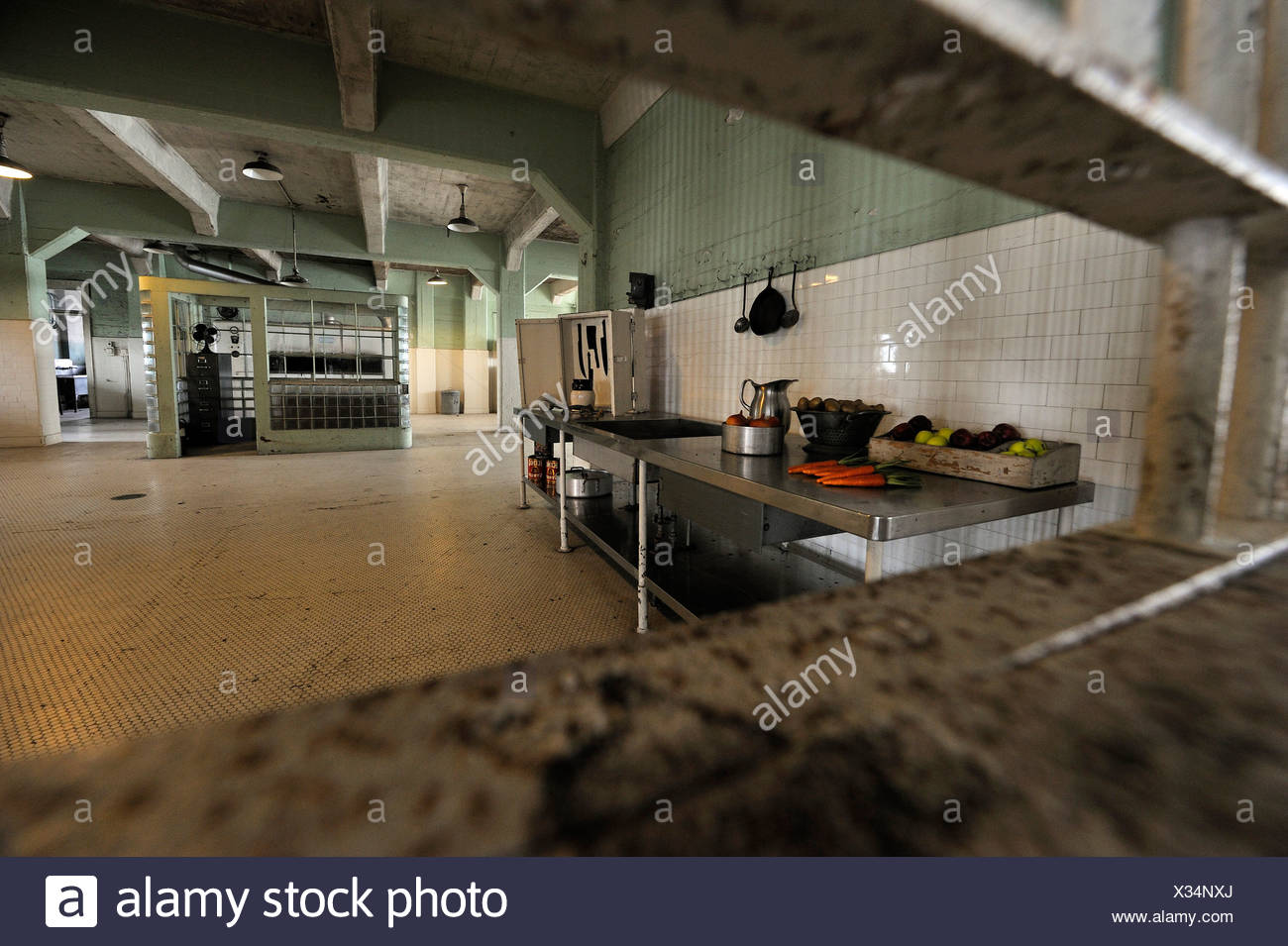Prison Slot
How to Survive in Federal Prison. If you have been sentenced to federal prison, you will become the property of the Bureau Of Prisons (commonly known as BOP). If you have been given a federal sentence, it is likely that you'll be spending. In this report, we (1) provide background information on the state’s in-prison rehabilitation programs (including their intended goals), (2) outline key program principles for maximizing reductions in recidivism, (3) identify key shortcomings in the state’s rehabilitation programs, and (4) make recommendations to improve how the state provides in-prison rehabilitation programs. Slot variance can be broken down into three types: Low variance slot games - these games land wins frequently, but the amounts are usually small token jackpots. Medium variance slot games - with these slot games, players can expect to hit wins fairly frequently, with a combination of small token wins and larger payouts. Richard Phillips survived the longest wrongful prison sentence in American history by writing poetry and painting with watercolors. But on a cold day in the prison yard, he carried a knife.
×Jandos Rothstein
Sen. Kamala Harris (D-CA), a leading candidate to be Joe Biden’s running mate, repeatedly and openly defied U.S. Supreme Court orders to reduce overcrowding in California prisons while serving as the state’s attorney general, according to legal documents reviewed by the Prospect. Working in tandem with Gov. Jerry Brown, Harris and her legal team filed motions that were condemned by judges and legal experts as obstructionist, bad-faith, and nonsensical, at one point even suggesting that the Supreme Court lacked the jurisdiction to order a reduction in California’s prison population.
The intransigence of this legal work resulted in the presiding judges in the case giving serious consideration to holding the state in contempt of court. Observers worried that the behavior of Harris’s office had undermined the very ability of federal judges to enforce their legal orders at the state level, pushing the federal court system to the brink of a constitutional crisis. This extreme resistance to a Supreme Court ruling was done to prevent the release of fewer than 5,000 nonviolent offenders, whom multiple courts had cleared as presenting next to no risk of recidivism or threat to public safety.
Despite a straightforward directive from the Supreme Court to identify prisoners for release over a two-year period, upholding a 2009 ruling that mandated the same action over the same timeline, the state spent the majority of that period seesawing back and forth between dubious legal filings and flagrant disregard. By early 2013, it became clear that the state had no intention to comply, leading to a series of surprisingly combative exchanges.
While Harris’s ultimately unsuccessful presidential campaign saw questions raised about her criminalization of truancy and her tough-on-crime reputation during her time as San Francisco’s district attorney, her role in California’s prison reduction case largely flew under the radar, though it was decried at the time. As concerns grow about Donald Trump’s subversion of the law—he, along with his attorney general, William Barr, is currently defying a Supreme Court ruling by refusing to restart the Deferred Action for Childhood Arrivals program—the potential Democratic vice-presidential nominee engaging in relatively similar obstinacy is jarring.
Sen. Harris’s office has yet to respond to a set of questions from the Prospect.
HOW DID HARRIS’S office turn a simple court order to release low-risk prisoners to prevent cruel and unusual punishment into a constitutional fiasco?
Federal courts seldom look to prisoner release; it’s a remedy of last resort. But California was a unique case, with its uniquely awful prison system. At its height, it was stuffed to some 200 percent of its designed capacity. There were not enough beds or medical personnel but an extreme excess of bodies. In one prison, 54 prisoners shared a single toilet. Preventable deaths due to substandard and overstretched medical care occurred every five to six days. Suicidal inmates were locked in telephone-booth sized cages for 24 hours at a time.

For nearly two decades, Republican and Democratic administrations essentially ignored the problem, despite constitutional protections for prisoners against cruel and unusual punishment enshrined in the Bill of Rights. Finally, in 2009, a federal district court found that no other plausible solution existed for getting the state to conform to a constitutionally reasonable standard than a forced prisoner release. An earlier pledge, given before Harris’s time, to quickly build new prisons was not seen as credible, especially amid the Great Recession and California’s limited finances. The district court mandated that the state enact a series of decarceration measures to reduce the prison population to 137.5 percent of its design capacity within two years.
Your donation keeps this site free and open for all to read. Give what you can...
The state appealed the district court ruling, and on May 23, 2011, the Supreme Court found in Brown v. Plata that California’s prison system was in violation of its prisoners’ Eighth Amendment rights. Despite its relatively conservative tilt, the Court identified prisoner release as the most effective method for ending the state’s constitutional violation in a timely manner.
The verdict split 5-4, with conservative Justice Anthony Kennedy joining the Court’s liberals. Upholding a lower-court mandate, Kennedy wrote the majority opinion in the case, including an array of gruesome details from inside those prisons, and condemning the state for facilitating “needless suffering and death,” as he called it.
At that point, Kamala Harris had been the state’s attorney general for just over four months, representing California as its top legal officer. But the Supreme Court ruling would have to be enacted on her watch. Every six months, the state would have to show it had decreased its prison population in compliance with a threshold overseen by a three-judge district court panel: 167 percent of capacity by the end of 2011, 155 percent by June 2012, finally arriving at the target level of 137.5 percent by June 2013.
It soon became clear that the state would hold out on complying with the judicial order. 2011 passed with little progress made on the decarceration mandate, and by 2012, a report surfaced that proved the state actually intended to increase its prison population. In May of that year, Harris’s office “confirmed their intent not to comply with the Order but instead to seek its modification from 137.5 percent design capacity to 145 percent,” a modification that was not permitted. The deadline for compliance was eventually extended to the end of 2013.
Harris has been criticized on multiple occasions for fighting to keep people, including innocent ones, in prison.
By April 2013, just two months from the initial deadline given in that Supreme Court decision, California still had 9,636 prisoners more than the court-imposed ceiling. The state submitted a proposal that involved relocating inmates to fire camps to fight wildfires, and preventing out-of-state prisoners from being returned. But upon review, the three-judge panel found that that still left California’s prisons some 4,170 prisoners over the hard limit.
After a series of back-and-forths, the three-judge panel arrived at a solution: the expansion of “good time” credits for nonviolent offenders, shortening stays often by just a handful of months. Even the state’s own expert witness had testified years prior that he did not oppose good time credit measures, and that there was no correlation between length of stay and recidivism, meaning that the public was not at risk. Other states—Washington, Illinois, even tough-on-crime New York—had implemented these programs with success. The court found good time credits alone would do more than enough to close the gap, and solve the problem for good. Some 5,385 inmates were eligible for release under good time credits.
But Gov. Brown, with Harris as his defense lawyer, did not agree. Harris’s office launched into a campaign of all-out obstruction, refusing to answer why they could not simply release low-risk, nonviolent inmates to conform to the Supreme Court’s request. “Defendants offered no explanation, however, why they could not release low-risk prisoners early,” the June 2013 ruling stated.
/cdn.vox-cdn.com/assets/2474439/cash-atm-money.jpg)
Your donation keeps this site free and open for all to read. Give what you can...
But Harris’s office didn’t stop there. Instead, they claimed on behalf of the state that the Supreme Court had no jurisdiction to even request such a release, refusing to answer questions as to how they would implement the Supreme Court ruling, and courting a constitutional crisis. That resulted in a stunningly sharp rebuke from the three-judge district court panel in a June 2013 ruling.
When asked by what date the state could identify their list of prisoners who are unlikely to reoffend, “defendants defiantly refused,” the judges wrote, “and stated, somewhat astonishingly, that our suggestion that we might order defendants to develop a system to identify low-risk prisoners, a system that the Supreme Court had suggested we might consider ordering defendants to develop ‘without delay,’ is a prisoner release order that vastly exceeds the scope of any of the Court’s prior orders.” The Supreme Court, in fact, ruled that the three-judge district court panel had exactly that authority in its 2011 ruling. “In tortured logic,” the district court continued, “defendants suggested that the Supreme Court’s statement ‘did not authorize the early release of prisoners,’ or even the consideration of that question.”
Harris’s attorney general’s office, the ruling added, “continually equivocated regarding the facts and the law,” to the point that the panel strongly considered holding the state in contempt. They rejected that action only because it would have delayed the release of nonviolent inmates even further, and aided the state’s obstructionist campaign. “This Court would therefore be within its rights to issue an order to show cause and institute contempt proceedings immediately,” the ruling reads. “Our first priority, however, is to eliminate the deprivation of constitutional liberties in the California prison system. To do so, we must first ensure a timely reduction in the prison population.”
×Irfan Khan/Los Angeles Times via AP
Kamala Harris, as California attorney general, with Gov. Jerry Brown, attends the funeral service of a Los Angeles County law enforcement officer in October 2016.
Harris, of course, was acting on behalf of the state’s governor, who preceded her as state AG and was notorious for his posture on this issue as well. But she might have chosen not to defy the Supreme Court. Her legal work, in particular, not only drew ire from the court—it also raised eyebrows among observers. “Defiance of the federal court order requiring the reduction of the California prisoner population is reminiscent of the Southern governors of the 1950s declaring their defiance of federal court desegregation orders,” Erwin Chemerinsky, dean of UC Berkeley Law School, told NPR at the time. “Both were misguided efforts to undermine enforcement of the Constitution.” Added Barry Krisberg, longtime president of the National Council on Crime and Delinquency, “The legal arguments that the state is putting forward make no sense.”
Meanwhile, The Atlantic was even more unsparing of Harris’s behavior in the case, writing that her “court filings are largely void of dispositive facts and unworthy of a first-year associate, much less the chief lawyer of our nation’s most populous state.” According to writer Andrew Cohen, Harris’s behavior may have even put her in breach of California’s legal and ethical standards, which forbid filing a motion “for an improper purpose, such as to harass or cause unnecessary delay.”
Indeed, that particular behavior is condemned multiple times in the court’s June 2013 ruling: “defendants have repeatedly found new and unexpected ways to frustrate this Court’s orders,” the three-judge panel decried, and “used this Court’s patience and good-faith attempts to achieve a resolution as an excuse for protracting these legal proceedings to a time that could hardly have been imagined.” Harris’s work on that case alone would likely disqualify her from a shot at a federal bench or Supreme Court appointment, Cohen opined.
Harris’s use of the anti-desegregation playbook to prevent the release of low-level offenders ultimately failed. Finally, in 2014, the state acceded, and the prison population was reduced.
This era of Harris’s tenure as attorney general escaped the recent close re-examination of some of the higher-profile cases in her prosecutorial past. During her brief presidential run, a memo from the tail end of this battle resurfaced; in late 2014, lawyers from her office claimed that nonviolent offenders needed to stay incarcerated, lest they lose bodies for fire camps in the wildfire-plagued state, as Jackie Kucinich of the Daily Beast reported.
Harris was quick to disavow the memo, claiming she had no knowledge of it and telling BuzzFeed News she was “shocked” by the argument. But it squares firmly with the sort of arguments her office was putting forward for multiple years preceding it. Harris, meanwhile, was known to run an extremely centralized attorney general’s office, with few things coming in or going out without her express sign-off. With a ruling handed down from the country’s highest court, this was one of the highest-profile cases she managed in her role as attorney general. An extremely high-stakes case involving a decarceration order she spent years resisting is unlikely to have escaped her awareness.
Given the stakes of this year’s election, and Trump’s unique willingness to disregard the legal constraints on his office, elevating Harris would send a dubious message.
Of course, Harris has been criticized on multiple occasions for fighting to keep people, including innocent ones, in prison. In the case of Daniel Larsen, an ex-felon sentenced to 27 years to life under California’s “three strikes” law, Harris argued “that even if Danny was innocent, his conviction should not be reversed because he waited too long to file his petition,” according to the California Innocence Project, which took Larsen’s case. And while her trenchant opposition to decarceration of the state’s prisons does align with those stories, her role in attempting to subvert the authority of the country’s highest legal body, for the sole purpose of preventing the release of a number of low-risk prisoners, has gone largely unchallenged.
Her role in blocking the Supreme Court’s prison reduction order is deeply troubling on multiple counts. First, with the increased salience of criminal justice reform in the Black Lives Matter era, a forceful opponent of decarceration on the ticket hardly conveys that the Democratic Party is on the side of racial justice. Second, placing someone with a history of defying the Supreme Court on the Democratic ticket would significantly undermine Democratic nominee Joe Biden’s pledge to return to the pre-Trump era of governance, where the three branches of government are seen as coequal and the courts are respected.
Prison Clothes Id
Biden plans to name his running mate next week. The importance of a vice-presidential pick is often overblown. There’s little reason to believe that it can influence the outcome of a presidential election one way or the other. But given the stakes of this year’s election, and Trump’s unique willingness to disregard the legal constraints on his office, elevating Harris would send a dubious message. And given Biden’s spoken commitment to serve just one term, Harris would immediately slot in as the most powerful VP in modern history, primed for a presidential run as a quasi-incumbent if Biden does win in November. It’s likely, too, given the age of liberal Supreme Court justices Ruth Bader Ginsburg and Stephen Breyer, both in their eighties, that a Biden administration and/or its successor will be in a position to appoint multiple judges.

Prison Food Tray Slot

Perhaps, if Harris had mounted a longer presidential campaign, these issues would have been raised on their own. But given her early departure, her record, in some senses, escaped a thorough vetting. In the time she’s transitioned from presidential hopeful to vice-presidential favorite, even some of her fiercest critics have changed their tune on her legacy. Last month, University of San Francisco law professor Lara Bazelon, who penned a much-talked-about 2019 New York Times op-ed titled “Kamala Harris Was Not a ‘Progressive Prosecutor,’” was quoted on NPR saying, instead, that Harris “did champion progressive causes … her record has been consistent, and it’s been good.” But as Harris’s work in the Plata case alone shows, that’s far from the truth. She has not only been a frequent enemy of progressive causes, but she’s opposed them in ways so dubious they threaten to undermine the very institutions in which she has served.
Prison Solutions Inc

Prison Food Slot
If Harris is to be picked as the second-highest-ranking executive officer in the land, it’s critical to have a full picture of her legacy as a lawyer and a politician. Joe Biden and the Democratic Party should be clearheaded about what message her elevation will send to the electorate about the party’s priorities.